A Look at the Future Fibre to the Distribution Point FTTdp Broadband Tech
Over the next few years it’s likely that you’ll soon start to hear more about a next generation broadband ISP technology called Fibre to the Distribution Point (FTTdp), which Ofcom are currently encouraging BT to trial. But what is FTTdp and will it really help UK homes and businesses to get ultrafast internet connections? Let’s take a look.
BT are currently rolling out two primary fibre optic based broadband technologies, Fibre-to-the-Premises (FTTP/H) and Fibre-to-the-Cabinet (FTTC). In simple terms, FTTP takes the fibre optic cable right into your home for the most stable and best possible speeds (1000Mbps+ capable), while FTTC only takes the fibre to your local street cabinet and then uses VDSL2 over the “last mile” run of existing copper cable into your home for speeds of up to 80Mbps.
Unfortunately deploying FTTP out to everybody would probably cost another £10bn to £20bn (estimates vary) and that’s simply not economically viable for BT. It is however possible to get FTTP-on-Demand (FoD) but this forces home owners and businesses into potentially paying thousands of pounds for the installation; it’s not an affordable option.
The government, short of scrapping the HS2 project, aren’t likely to help either. But this leaves most of us stuck with FTTC technology (except for Virgin Media’s cable in urban areas), which is significantly slower and very distance dependent due to its reliance on copper for the “last mile” (i.e. speeds decline the further you are away from a street cabinet).
Not that FTTC is bad and indeed the service is affordable, easy to setup and currently delivers superfast broadband (30Mbps+) speeds to most of those who use it. Similarly there are a number of innovations in the pipeline, such as Vectoring technology (summer 2013 trial details), that could soon help to improve its performance and push headline speeds above 100Mbps. In addition Vectoring (ITU-T G.993.5), which works to remove interference on FTTC/VDSL lines, is also necessary for G.Fast (ITU-T G.9700) to function properly (explained below).
The Future
Never the less there’s always room for improvement and that’s one of the reasons why BT has recently started casting its eye towards G.Fast and FTTdp technology, which are effectively two halves of the same coin and work best together. G.Fast is essentially the next evolution of FTTC technology, which in theory could one day deliver symmetric speeds of up to 1Gbps (Alcatel-Lucent’s trial details).
The problem with G.Fast is that its ultra-fast speeds only work over very short distances (i.e. up to around 200+ meters from your PCP / street cabinet), which means that many people aren’t likely to see much benefit. The solution is to shorten this copper distance by bringing the fibre optic cable out of street cabinets and moving it closer to homes via FTTdp.
A quick look at the network diagram of a commercial FTTdp product from German network developer Lantiq helps to explain the difference (note: the speeds below may not be representative of the UK). As you can see the “distribution point” for the fibre optic cable is now much closer to homes, which means less copper wire to hinder the performance.
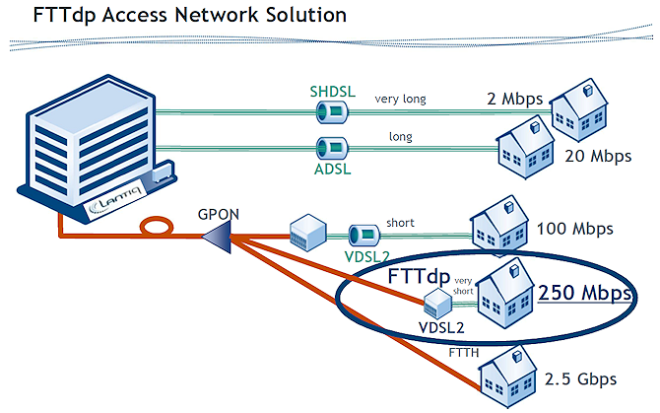
It should be said that both G.Fast and FTTdp in particular are quite expensive. FTTdp also requires additional street works (digging up roads etc.) in order to run the fibre optic cables deeper into a community, which would dramatically shorten the last run of copper cable and deliver significantly improved speeds.
Ofcoms Statement
“Installing FTTDP with the existing copper wire being used for the final few meters could be more cost effective than deploying fibre all the way to the premise. It is generally considered that FTTDP would be most effective when used with a developing technology called G.fast, which can be thought of as an evolution of VDSL.”
However it is crucial to say that this sort of work doesn’t come cheap and indeed Alcatel-Lucent likens it to being a fair bit less than the cost of a full FTTP/H deployment, albeit with some very obvious differences as previously explained.
Mathew Pitt-Bailey, Alcatel-Lucent’s Director of Comms, told ISPreview.co.uk:
“In terms of cost, G.fast vectoring is going to be relatively close to that of FTTH because, after all, you’re bringing fibre NEARLY to the home so you’re not going to save that much. And you require some additional equipment. But you avoid entering the home, and for some operators this is a very important factor and a very costly and time-consuming part of the roll-out.
So that’s where you save the money. How much depends on the particular circumstances: labour costs, how much does it cost to send an engineer to a customer, new buildings (with cable ducts and pre-fab walls) vs old buildings (with beautiful stone walls and no cable ducts) etc. So cost savings could be anywhere between 0 and 25%, with perhaps 10-15% a good average.”
However it should be said that BT’s on-going rollout of FTTC, which is supported by some FTTP, has to a certain extent already done part of the ground work for FTTdp. Never the less BT would still need to spend quite a bit of money to roll-out G.Fast and FTTdp (i.e. expect them to focus on dense urban areas first as per usual).
Performance Expectations
It’s important to remember that, although FTTdp and G.Fast are often spoken of in the same breath, they are still separate standards and thus have different performance aspirates depending upon the local network capabilities. FTTdp does not need G.Fast but G.Fast would clearly work best in that sort of environment.
Mark is a professional technology writer, IT consultant and computer engineer from Dorset (England), he also founded ISPreview in 1999 and enjoys analysing the latest telecoms and broadband developments. Find me on X (Twitter), Mastodon, Facebook and Linkedin.
« UPD UK PostOffice Swaps Telecom Network and Unveils Faster Broadband
Latest UK ISP News
- FTTP (5536)
- BT (3518)
- Politics (2542)
- Openreach (2299)
- Business (2267)
- Building Digital UK (2247)
- FTTC (2045)
- Mobile Broadband (1978)
- Statistics (1790)
- 4G (1669)
- Virgin Media (1624)
- Ofcom Regulation (1467)
- Fibre Optic (1396)
- Wireless Internet (1392)
- FTTH (1382)

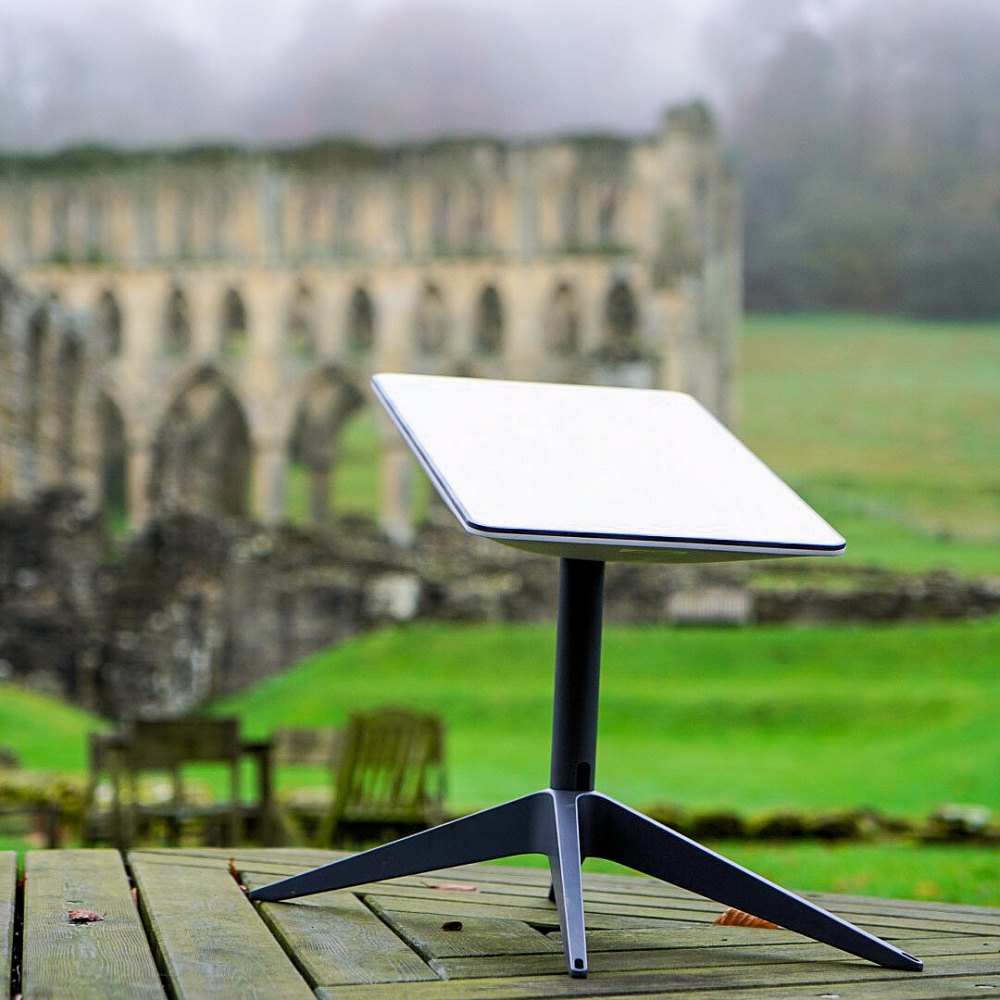
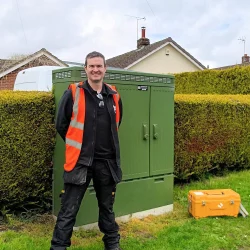
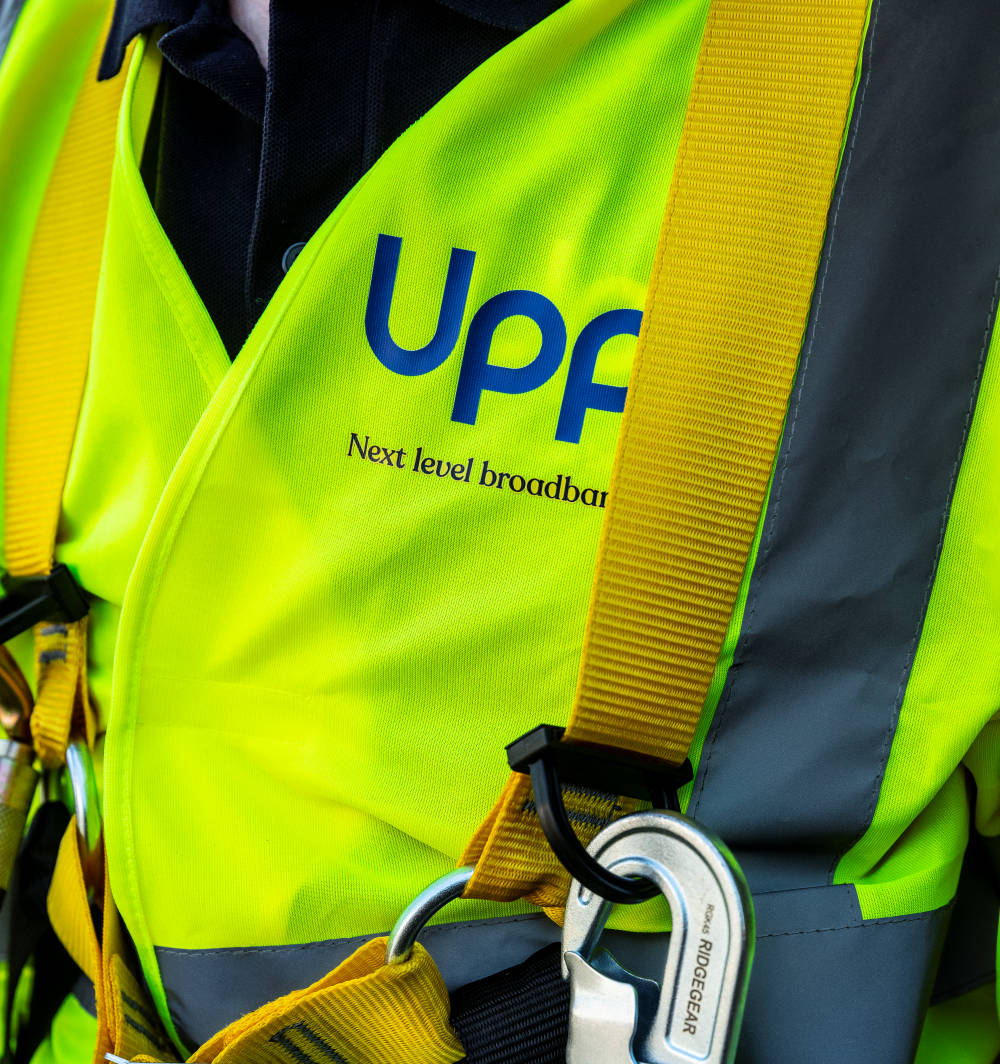

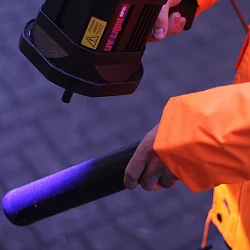

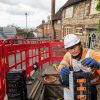









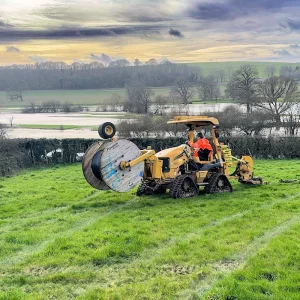

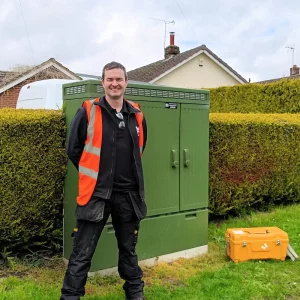
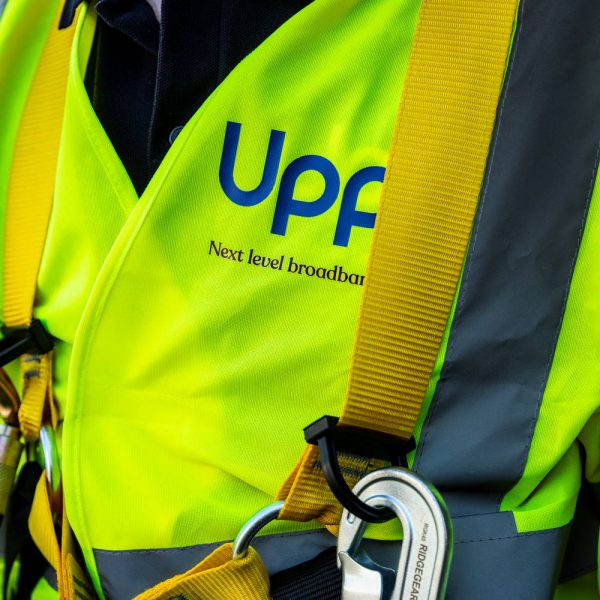
































Comments are closed